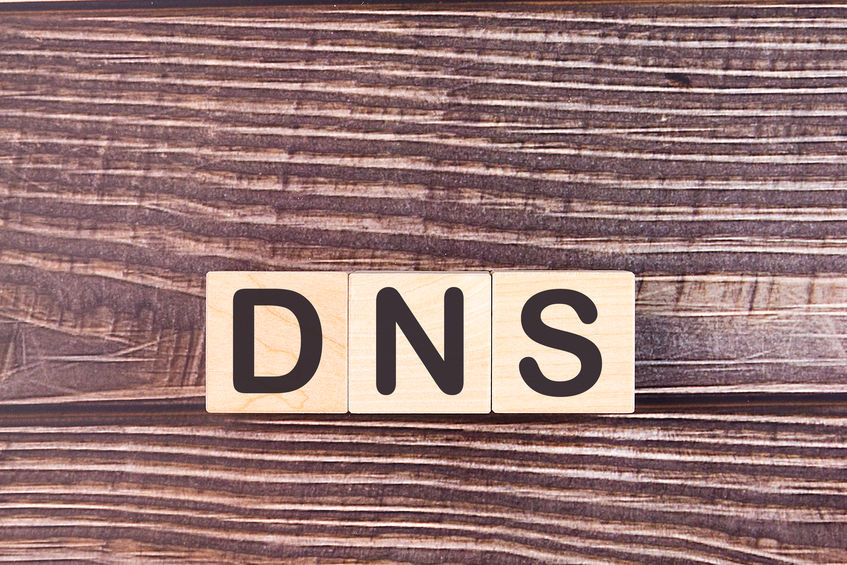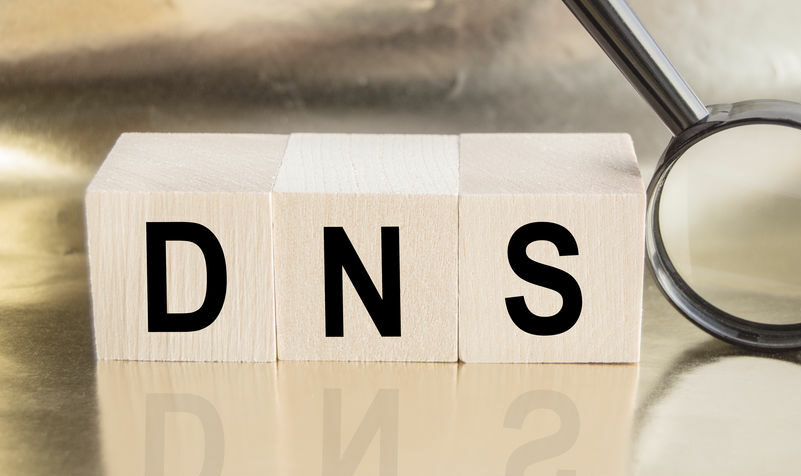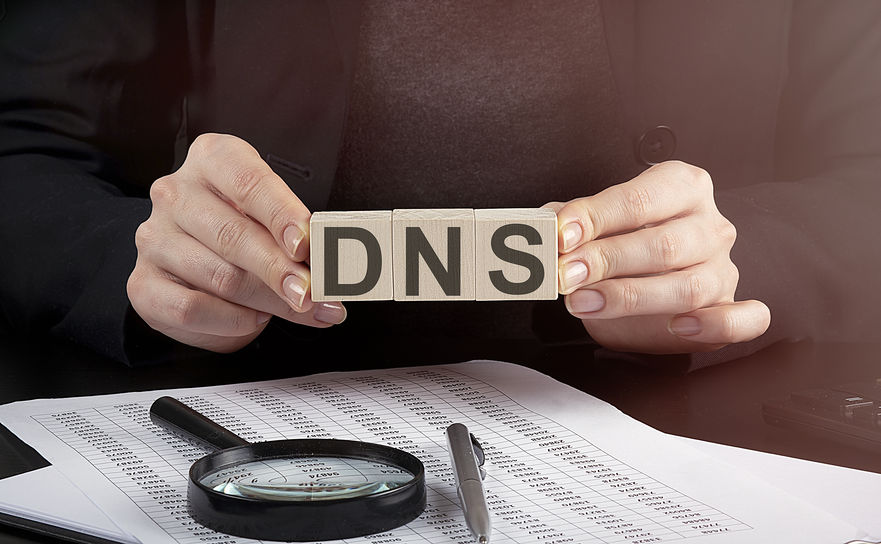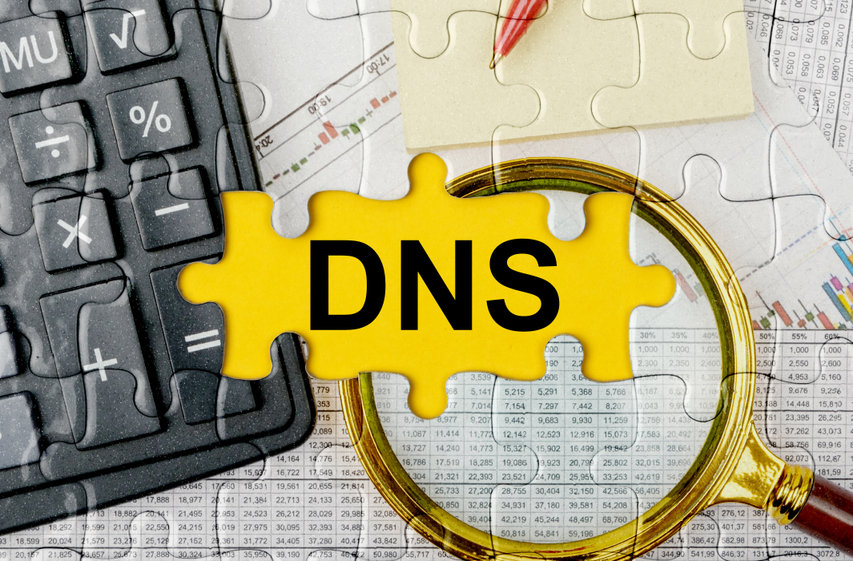Are you new to the DNS? Don’t worry. There are plenty of interesting and useful materials about DNS on the internet. Just like this great article about the 5 common DNS mistakes that you should evade.
DNS mistake number 1 – Not doing anything about your DNS
How many companies you know spend millions on redundancy. Backup servers, electric supply, offline backups, and so on. But, they never have a tough to have a secure DNS. The domain registrar manages their domain name, and nobody ever cares about it.
If the registrar’s name server goes down, all that expensive equipment is pointless. The site will be down for as long as it takes the registrar to lift it up again.
As a business owner, you are left waiting and thinking how could I have made this DNS mistake. Just use the services of a decent managed DNS provider. Manage your DNS from there and create redundancy with multiple name servers.
DNS mistake number 2 – Not maximizing DNS performance
You got a managed DNS service and set up a few name servers. Job’s done, right? No! Domain name resolving is an important process that takes time. The lesser time it takes, the better for all your users. This is especially important if you have an international user base. You will need a load balancing method to manage the traffic between the DNS servers and maximize the performance. More and closer to the users servers are crucial for reducing latency. You can use different methods like Anycast or GeoDNS to really use your DNS network.
DNS mistake number 3 – Forgetting about DNS security
You already signed for a DNS service, and you created a DNS network of name servers. That is great. But don’t forget about security too. You need to protect your DNS name servers because the DNS itself is not a safe technology. A criminal could poison the cache of some of your name servers and forward the traffic and all the visitors to a fake website. There, the visitors could be tricked into giving their personal data and bank accounts.
You can secure your DNS with DNSSEC.
DNSSEC signs all the DNS records cryptographically and creates a chain of trust, in which the DNS resolving servers can verify the authoritative name server with a combination of public and private keys.
You will need to activate DNSSEC for your domain on the TLD level and bring it to the DNS service you have for the domain name.
And you can additionally protect your DNS network with DDoS protection. DDoS attacks have different specifications, but in general, they are massive traffic attacks that want to overwhelm your servers and bring them down.
You can create a resilient network of servers with DDoS protection and withstand such attacks.
DNS mistake number 4 – Not monitoring the DNS
DNS is not as simple as just set up and leave. You will need to constantly monitor it. How is the traffic going? Are there overly used servers or underused? Are there any weak spots? Latency?
You can manually monitor your DNS servers with different commands. You can check if they respond on time, check the route, and detect problems.
If your DNS service provider offers, you might have a DNS monitors service. You can get different reports and see live statistics. In the best-case scenario, the provider offers you DNS Failover, too, so your DNS network could auto-react in case of a problem and provide the best performance.
DNS mistake number 5 – Incorrectly configured DNS records
Usually, the DNS provider offers enough information about adding and managing your DNS records. So follow the tips.
Avoid these mistakes:
- An A record should point not to an IP address.
- NS record can’t point to an IP address.
- Don’t point CNAME record to a name server.
- Don’t duplicate MX records.
- Don’t point CNAME record to MX record.
- Don’t point MX record to an IP address.
Conclusion
Now you know the 5 most common DNS mistakes. Take a note and don’t make them. Yes, managing DNS is not a piece of cake, but you can learn it, and the DNS benefits really worth it.










